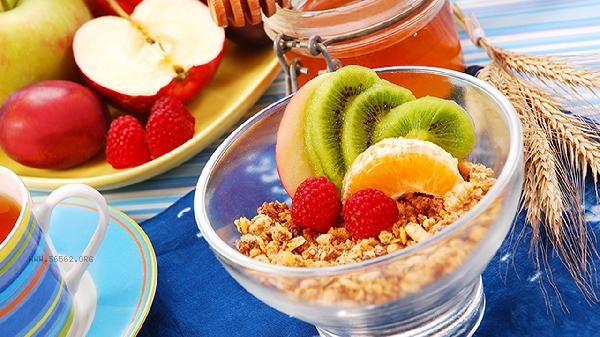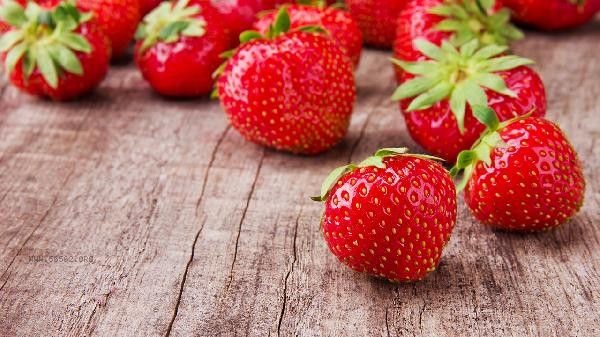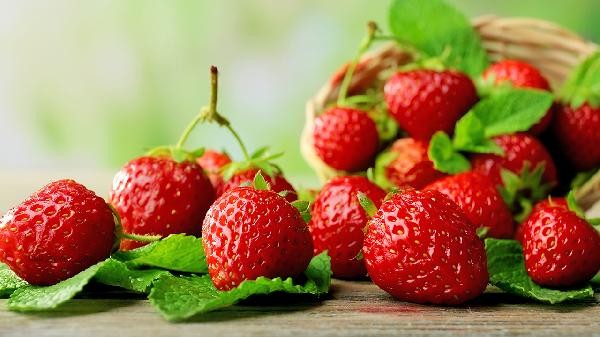When picking strawberries, attention should be paid to fruit maturity, picking techniques, hygiene protection, weather selection, and storage methods. Improper strawberry picking may lead to fruit damage, bacterial contamination, or nutrient loss. Reasonable operation can ensure freshness and food safety.

1. Maturity judgment
Choose strawberries with uniform bright red color and green stems, and avoid picking immature or overripe fruits. Immature strawberries have a sour taste and low nutritional value, while overripe strawberries are prone to breakage and decay. The fruit should have moderate elasticity when lightly touched, and should not be picked if it is too hard or too soft.
2. Correct picking method
Pinch the middle part of the fruit stem with your thumb and index finger, and gently fold it upwards to separate the fruit stem. Do not directly pull the fruit to avoid damaging the plant and adjacent immature fruits. Keeping the intact fruit stem can extend the shelf life. After picking, immediately place it in a breathable container to reduce stacking.
3. Hygiene protection
Clean hands and trim nails before harvesting, and wear sunscreen clothing and hats. Strawberry plants grow close to the ground and need to be protected from mosquitoes and soil pollution. People with allergies should wear masks to avoid skin itching caused by contact with plant fluff. Rinse the fruits with running water as soon as possible after harvesting.

4. Weather Selection
It is most suitable to pick fruits in the morning or evening on clear weather, when the temperature is low and the fruit is not easy to soften. After rain, it is necessary to wait for the surface moisture of the plants to evaporate, as humid environments are prone to the growth of mold. Picking during high temperature periods will accelerate strawberry spoilage, and the sugar content of the fruit will decrease on rainy days.
5. Storage Method
Strawberries should be kept dry and ventilated after harvesting, and should be stored away from direct sunlight. Household refrigerators should not refrigerate for more than two days, and long-term storage requires removing the fruit stems and freezing. Choose food grade plastic boxes as storage containers, pad them with absorbent paper to absorb condensed water, and separate each layer of fruit with oil paper.

It is recommended to consume or handle strawberries within two hours after harvesting. After thorough cleaning, they can be soaked in light salt water to remove surface residues. To make jam, the fruit stems need to be removed and quickly sterilized at high temperatures. Eating fresh with yogurt can promote nutrient absorption. People with spleen and stomach deficiency and cold should control the consumption, and patients with diabetes need to monitor the changes of blood sugar. Pay attention to walking safety when picking strawberries in the orchard, and children should participate in activities under adult supervision.








Comments (0)
Leave a Comment
No comments yet
Be the first to share your thoughts!